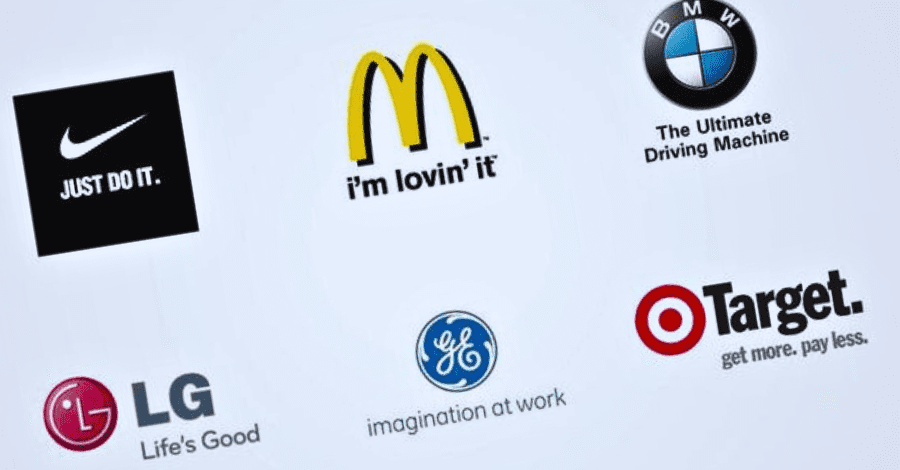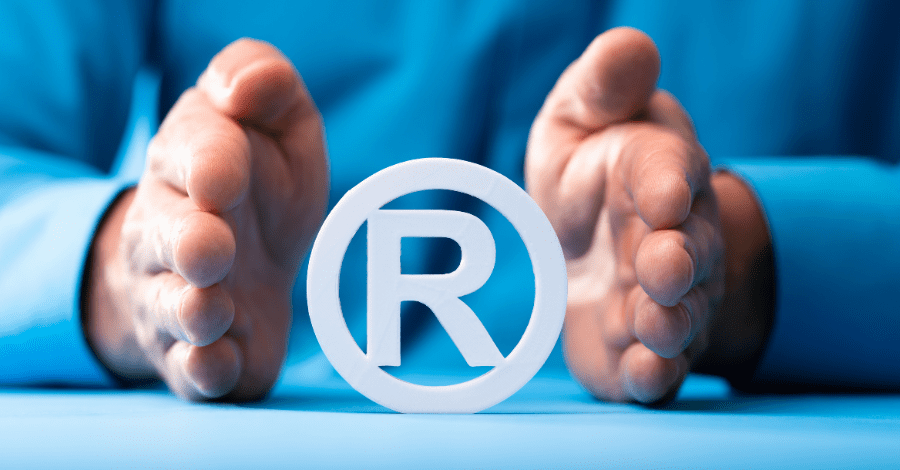Step 1. Find Inspiration
Begin by gathering any visuals that you believe represent your brand in any way, such as images, illustrations, and more. They could, for example, represent your intended color palette or reflect your company’s key beliefs or themes.
You can also persuade other members of your team to participate, so that by the end of the exercise, you’ll have a larger pool of ideas to draw from.
It’s also beneficial to understand how others view your brand. Do you have any examples of previous marketing materials that performed exceptionally well in the past, such as advertising, social media postings, or product images? Collect them too though, as they will show you which aspects of your brand have connected the best with your target audience.
Step 2: Define Your Brand Style Guide’s Six Key Components
Every brand style guide should have the following six elements:
#1 Your Brand’s Narrative.
Your brand story tells the story of the events that led to you starting your company in the first place, as well as how they continue to shape who you are and what you do now. Don’t only focus on the highlights: a captivating brand story should also mention any hurdles you’ve encountered along the road. Your audience will build empathy for you as a result, and your brand will become more remembered.
#2. You Logo Guidelines.
If you haven’t previously done so, now is a good time to do so because logo standards can help you build an identifiable brand signature across all of your company’s print, digital, and web communications.
Logo guidelines are a set of rules and suggestions for how your logo should be used and how it should not be used. Your logo standards will cover topics like:
- The amount of space surrounding your logo
- Colours that may or may not be used in conjunction with the logo
- The typefaces and typography that can and cannot be used with your logo
- The smallest size at which your logo can be shown on the web or in paper
- Variations in logos and their applications
Logo rules are crucial for your brand because your logo is the most visible image of your business. Furthermore, your logo creates a positive first impression for your company, distinguishes you from the competitors, and serves as a point of recognition for your customers.
As a result, creating logo standards for your branding has numerous advantages. The following are some of the advantages:
- Providing a technique to customise the appearance of a logo
- assisting in avoiding any changes to the emblem that would cause it to lose its integrity
- Boosting your branding’s consistency
- Keeping your logo from being used inappropriately by other designers
- Showing how to use your most valuable visual brand asset correctly and incorrectly.
Spotify is an excellent example of a firm that has precise brand rules. “The Spotify green logo is our primary logo colourway, and it should only be used with black, white, and non-duo-toned photos,” they say in their brand style guide. With their logo’s spacing, which is half the height of the icon, they also established a clear “exclusion zone.”
#3 Your Brand Color Palette.
Your colour scheme is simply referred to as your colour palette. These are the colours that your company picks to represent itself, whether in your logo, website, or marketing materials.
Your colour palette is an important aspect of your brand identity since it leverages colour psychology to express what your business is all about to your audience. You may also use your colour palette to differentiate yourself from the competition, make your brand unique, and enhance brand recognition.
#4 The Typography.
The style, organisation, and appearance of text linked with your brand is referred to as typography. For instance, the fonts you use, their sizes, spacing, and other factors.
Another key aspect of your brand is typography, which is utilised to guide and inform your audience, establish your brand’s overall tone, improve readability and accessibility, and provide a positive user experience.
#5 Your Brand Voice.
Your brand’s voice can be defined as your communication style. For instance, how do you communicate with your customers? It should reflect your brand’s values and persona, and it should be tailored to how your target audience speaks, thinks, and acts in order to appeal to them more effectively.
MailChimp, for example, strives for a clear, honest, and bit of dry humorous brand voice. Their content style guide even explains how to write on-brand material with offbeat humour and a conversational tone.
#6 The Brand Imagery Guidelines.
The photographs you publish on social media, the way your product looks, the packaging you use, and the photos you use in marketing campaigns are all examples of how you visually represent your brand to transmit messages to your customers. It all boils down to personal preference.
Both your brand image and your brand signature are crucial since they can have a huge impact on people’s purchase decisions. This is due to the fact that they appeal to our emotions.
So, what are the advantages of having a distinct brand identity?
- Promotes a consumer’s “brand sentiments”
- Has the ability to make an emotional connection with them
- Has a favourable impact on purchase decisions
- Over time, it builds trust and confidence.
- Brand recognition and loyalty are increased.
- Allows you to graphically communicate with your potential customer your main message(s).
- It distinguishes you from your competitors.
It can be good to consider the answers to the following questions while brainstorming what you want your signature brand image to be:
- What are the core values of your company? What issue are you attempting to resolve?
- What types of consumers are interested in purchasing your goods or service?
- What kind of voice appeals to them the most?
- What are some buzzwords that describe the personality of the brand? Classic, modern, feminine, macho, eccentric, and serious are just a few examples.
- What distinguishes your company? What can you do that makes you stand out from the crowd?
Step 3. Determine Other Brand-Specific Needs You Will Need To Cover
Consider include the following items in your brand style guide:
- How you arrange photos and information on your website, particularly if your business is largely digital.
- If you sell tangible goods, follow these packaging rules.
- If you routinely utilise social media to communicate with your audience, you should follow these social media marketing principles.
- If you have a physical store, store signage design is important.
- Business cards, letterheads, envelopes, invoices, and other stationery should all look the same.
Step 4. Build The Brand Style Guide Structure
Now that you know which components your brand style guide should have, it’s time to flesh out your document in the form of an outline to keep you on track. This manner, you’ll ensure that you don’t overlook any crucial details.
You should detail your final decision on each part (for example, brand storey, logo, colour palette, etc.), as well as why you chose it and any additional guidelines around the aspect, such as what you should and should not do.
You can jot down this information as bullet points for now. Then, when you’re ready to finish your brand guide, you can go back and offer this information in a more refined manner.
Step 5. Plan For Evolution
The issue about a brand style guide is that it’s never truly finished. Your company will develop and evolve over time, and your branding will follow suit.
This is the beauty of a document like this: you can go back to it at any time and add to or change it.



